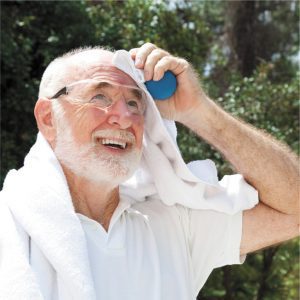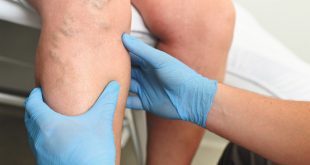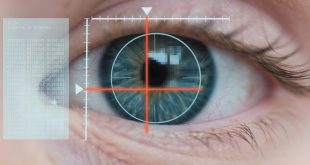 April is Sports Eye Safety Awareness Month, focusing attention on sports-related eye injuries. Every year in the US, more than 40,000 people end up in emergency rooms for ocular injuries from sports activities. Trauma to the eye can cause lifelong vision problems and often result in permanent vision loss. In fact, sports-related injury is the number one cause of blindness in children – so eye protection is crucial when engaging in many activities.
April is Sports Eye Safety Awareness Month, focusing attention on sports-related eye injuries. Every year in the US, more than 40,000 people end up in emergency rooms for ocular injuries from sports activities. Trauma to the eye can cause lifelong vision problems and often result in permanent vision loss. In fact, sports-related injury is the number one cause of blindness in children – so eye protection is crucial when engaging in many activities.
Sports With a High Risk of Eye Injury
Higher risk sports involve a moving object such as a ball, bat, club, racquet or elbow. Sports where you should always wear protective eyewear include: basketball, baseball, softball, racquetball, paintball, handball, martial arts, hockey, air gun use and any other sport where you’re near moving objects, in the line of
projectiles, or interacting with aggressive players.
Sports With Medium Risk of Eye Injury
Sports like golf, tennis, pickleball, badminton and soccer come with less risk, but this does not mean no risk. Racquet sports rank 4th among sports-related eye injuries, meaning a friendly game of pickleball could be a source of eye trauma, especially if you’re playing with a partner, whose racquet, hands, elbows or errant swing could result in impact.
In the gym or at home, exercise bands can pose a risk, as they can break, slip or snap back towards the face. Always check for signs of wear and, to be safe, wear protective glasses or goggles during use.
Sports With Less Risk of Eye Injury
Lower risk sports include cycling, swimming and aerobics, but if you’re near other people, there is the risk of coming into contact with fingers and elbows, so be mindful of your surroundings. If you find yourself in close quarters, wearing eye protection is worth considering.
For sports like snow and water skiing, it’s important to wear glasses or goggles with 100% UV light
protection, as sunlight reflected off the snow or water can cause sunburn of the eye, a condition called photokeratitis.
How Do I Protect My Eyes from Sports-related Injuries?
Protective polycarbonate eyewear can prevent the vast majority of sports-related eye injuries. The American Academy of Ophthalmology and the doctors of Lake Eye recommend choosing protective eyewear suited for your specific activity. As examples, a sport like baseball demands a helmet with a shield for the best protection. For a close contact sport like basketball, protective goggles are a smart choice. For racquetball or handball, protective glasses may be enough. Whether goggles, glasses or shields, always make sure your eyewear is composed of polycarbonate bearing the American Society for Testing and Materials standard “ASTM F803.” Unlike ordinary plastic, polycarbonate is strong, impact-resistant, shatterproof and won’t blur vision. Prescription glasses do not constitute protective eyewear and should not be worn beneath goggles. The cost of protective polycarbonate eyewear typically ranges between $20-$60 dollars, though prescription lenses may cost a bit more. It’s a small price to pay to protect your eyes.
Lake Eye’s Precision Optics offers prescription and standard polycarbonate lenses for lower risk activities, complete with UV protection, along with helpful professionals who can help you make the right choice for your activity and comfort.
What to Do If You Have an Eye Injury
So, you accidentally left your protective glasses at home and end up with a sharp elbow to the eye. If you have any sign of eye injury, such as swelling, redness or blurred vision that doesn’t resolve quickly, treat it as an emergency and head straight to the nearest emergency room. An injury like a torn or detached retina requires immediate treatment to help prevent permanent vision loss. Even if the injury is less serious, seeking treatment right away can help prevent ongoing vision problems. When it comes to your delicate and anatomically complex eyes, it is always better to err on the side of caution.
Remember, protecting your eyes from injury and disease is always the best approach. Before your next sports event, invest in and use quality eye
protection. And to prevent the progression and damage of eye diseases, get regular comprehensive eye exams. To schedule an eye exam and get helpful tips on how to take great care of your eyes, contact your local Lake Eye, a US Eye company, and your partner in a lifetime of clear, healthy vision.
Lake Eye Associates
www.LakeEye.com
352-775-1533
 Central Florida Health and Wellness Magazine Health and Wellness Articles of the Villages
Central Florida Health and Wellness Magazine Health and Wellness Articles of the Villages



